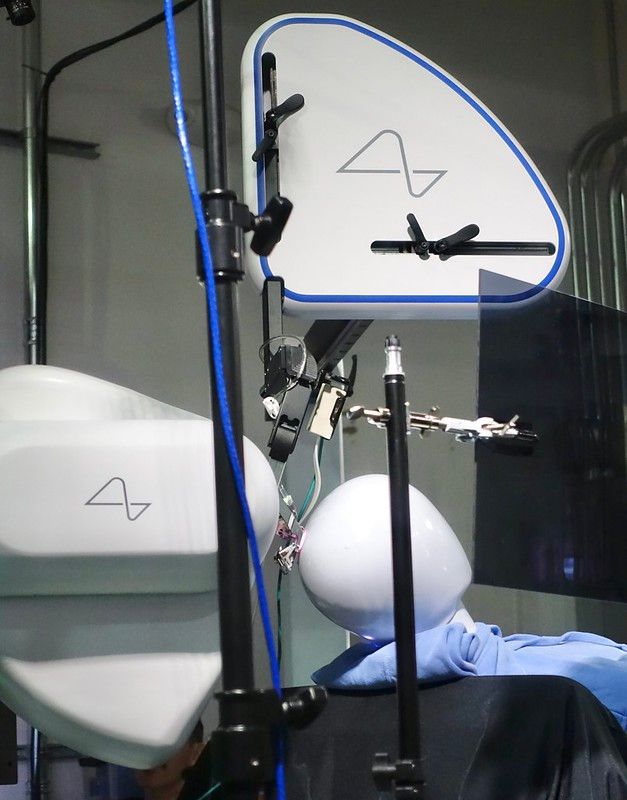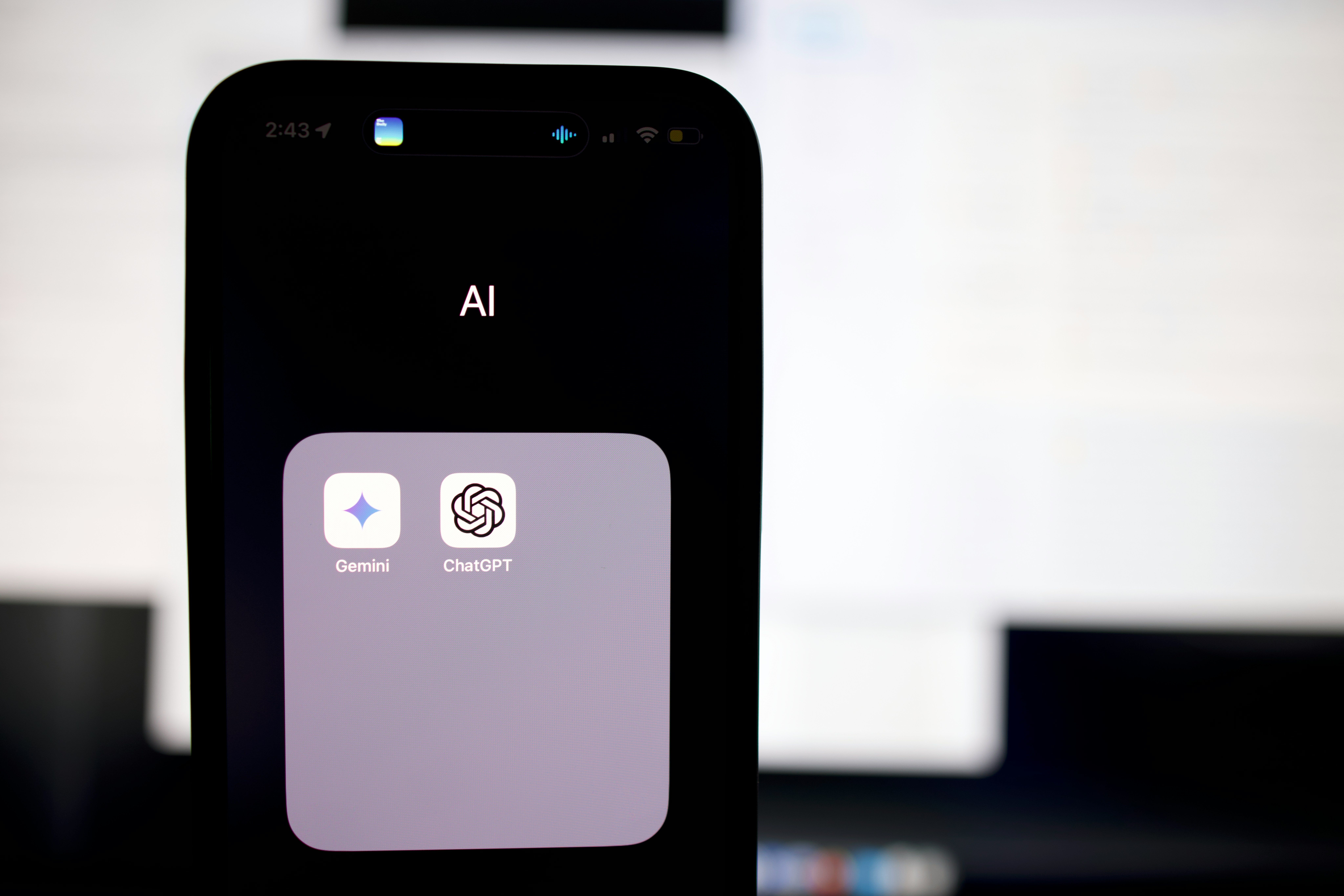Elon Musk's Neuralink has taken the world by storm with its recent demonstration of a brain chip permitting a paralyzed patient to control a computer using his cognitive abilities. This seemingly futuristic development isn't science fiction, but a tangible glimpse into the potential of brain-computer interfaces (BCIs). But what exactly is Neuralink and what does it mean for the future of mankind? This article digs into the world of BCIs, examining Neuralink's approach, its potential benefits, the ethical contemplations and the challenges we confront on this exciting, yet overwhelming, path.
WHAT IS NUERALINK?
Neuralink, established by Elon Musk in 2016, aims to create a reliable and consistent interface between the human brain and computers. Their approach involves surgically implanting a tiny chip containing numerous threads with electrodes. These electrodes record electrical signals from the brain, which are at that point decoded using complex algorithms to decipher them into intended actions.

"Elon Musk Dreaming of a Brighter Future" by jurvetson is licensed under CC BY 2.0.
The current focus, as highlighted on Neuralink's website, is on restoring motor function in people with paralysis. The chip can pick up on brain activity related with movement intentions, permitting users to control a computer cursor or prosthetic appendages purely and absolutely through thought. This innovation offers a flicker of hope for millions suffering from paralysis due to spinal cord injuries, strokes or other neurological conditions.
Neuralink's Aspirations
Whereas reestablishing motor function could be a significant first step, Neuralink's ambitions are far-reaching. Musk envisions a future where these chips can not only control external gadgets but also interact directly with the brain itself. Let's look at a few forms of the application of this technology.
Treating Neurological Conditions
Neuralink plans to utilize its innovation to treat different neurological conditions like epilepsy, depression and even autism. By directly stimulating particular brain regions, these chips could possibly alleviate symptoms or even offer a remedy.
Enhanced Cognition
The ultimate objective, as indicated by Musk, can be to expand human capabilities. Envision directly uploading data into your brain or boosting memory and cognitive function. While this sounds like something out of a cyberpunk movie, it highlights the potential for a significant jump in human evolution.
These conceivable outcomes paint a dazzling picture, but with great power comes great responsibility.
Navigating the Ethical Implications of Brain-Computer Interfaces
The potential benefits of BCIs are irrefutable, but the moral considerations raise genuine concerns. Here are a few key questions we ought to be compelled to address.

Image by: Unsplash
Privacy and Security
Brain activity is a window into our deepest thoughts and feelings. Who will have access to this data? How will it be secured? The chance of hacking and misuse of such individual data could be a major concern.
Free Will and Mind Control
In case BCIs can directly stimulate the brain, could they be used to control our thoughts and behavior? The line between restorative treatment and mind control gets to be perilously blurry.
The Digital Divide
Advanced BCIs will likely be costly and require continuous upkeep. This raises the specter of a digital divide, where only the well off have access to this technology, further worsening social inequality, disparity and imbalance.
These are just a few of the moral considerations that require cautious investigation and strong regulations before widespread adoption and usage of BCIs becomes a reality.
Investigating Similar Innovations from Other Companies
Whereas Neuralink is snatching headlines, it's not the only player within the BCI scene. Here's a look at a few other companies developing comparative advances.
Facebook Reality Labs - Facebook is creating a non-invasive BCI headset to control virtual reality experiences. This innovation could revolutionize VR, allowing for a more immersive and intuitive involvement.
Synchron - This company is developing a BCI implant that aims to treat chronic pain and neurological disorders. Their approach includes inserting a stent-like gadget into the blood vessel close to the brain, advertising a less invasive alternative to Neuralink's surgical implant.
These progressions highlight the developing interest in BCIs and the potential for assorted and diverse applications beyond just treating paralysis.
How Neuralink Can Benefit Individuals
The recent victory story of Neuralink's first human patient may be a reference point of hope for many. Noland Arbaugh, paralyzed from the shoulders down after a diving accident, regained a few control over his life thanks to the brain chip. He can now control a computer cursor and even play games using his thoughts, showcasing a sense of autonomy and agency that was previously unfathomable.
This case represents how BCIs can significantly improve the quality of life for people with disabilities. Imagine a world where people with paralysis can not only control prosthetic limbs but moreover regain lost sensory capacities like touch. The potential to restore some semblance of dignity into ailing individuals is not only an extraordinary technological stride but also a beautiful thing to see.
The Roadblocks on the Way to Widespread BCI Adoption
While the potential of BCIs is evident, significant challenges ought to be addressed before widespread adoption becomes a reality. Here are a few key obstacles;
Safety and Long-Term Effects
Brain surgery is a sensitive procedure and implanting foreign objects carries inherent dangers. The long-term effects of these inserts on brain tissue and overall well being are still obscure. Extensive research, investigation and thorough safety testing are vital before widespread human trials can be considered.
Brain-Computer Interface Accuracy
Interpreting brain signals is a complex task. Current BCI innovation is not perfect and there can be errors in deciphering thought patterns. This could lead to frustration and unintended outcomes for users. Noteworthy advancements in AI and machine learning are needed to improve the accuracy and reliability of BCIs.
Infrastructure and Support
BCI innovation is complex and requires specialized frameworks and infrastructure for maintenance and support. This incorporates not only the hardware and software but too the skill to operate and troubleshoot these systems. Building a strong framework to bolster widespread BCI use will be a significant undertaking.
Social Acceptance
The idea of implanting a chip in your brain can be a scary proposition for most people. Public education and open dialogue are fundamental to address concerns and build trust in this technology.
These challenges highlight the need for a cautious and measured approach to BCI development. We must prioritize safety, transparency,and moral considerations before this technology can be integrated seamlessly into our lives.
The Evolving Scene of BCIs
The longer term of BCIs is brimming with conceivable outcomes. Here are some potential scenarios we might experience;
Symbiotic Integration - BCIs may become seamlessly integrated into our daily lives, permitting us to control gadgets, access data and even communicate telepathically with minimal effort.
Improved Learning and Creativity - Imagine directly uploading data and abilities into your brain. BCIs may revolutionize education and training, permitting for quicker and more efficient learning. They could also open new roads for imaginative expression by offering a direct link between the intellect and digital instruments.
The Obscuring Lines Between Human and Machine - As BCIs become more sophisticated, the lines between human and machine may start to blur. This raises significant philosophical questions around the nature of consciousness and what it means to be human.
These potential scenarios paint a picture of a future vastly diverse from the present. However, it's vital to remember that this future isn't predetermined. The improvement and use of BCIs will depend on the choices we make today.
Neuralink's advancements represent a significant leap forward within the field of BCIs. The potential to progress lives and revolutionize how we associate with the world is undeniable. However, alongside the excitement, we must recognize the moral considerations and technical challenges that lie ahead.
Moving forward, we require responsible innovation that prioritizes security, transparency and moral considerations. Open discourse between scientists, ethicists, policymakers and the public is pivotal to guarantee that BCIs are created and used for the improvement of humankind. The future of brain-computer interfaces is upon us and the choices we make today will decide whether it gets to be an ideal world or a dystopia.








